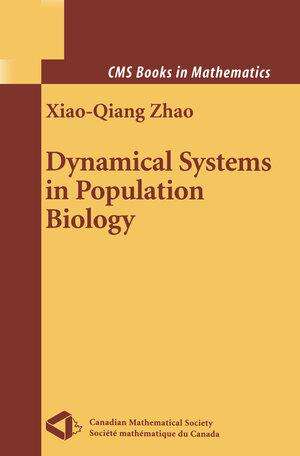
From the reviews:
„This is a highly technical research monograph which will be mainly of interest to those working in the field of mathematical population dynamics. … The book provides a comprehensive coverage of the latest theoretical developments, particularly in the purely mathematical sophistications of the field … .“ (Tony Crilly, The Mathematical Gazette, March, 2005)
„This book provides an introduction to the theory of periodic semiflows on metric spaces and their applications to population dynamics. … This book will be most useful to mathematicians working on nonlinear dynamical models and their applications to biology.“ (R. Bürger, Monatshefte für Mathematik, Vol. 143 (4), 2004)
„The main purpose of the book, in the author’s words, ‘is to provide an introduction to the theory of periodic semiflows on metric spaces’ and to apply this theory to a collection of mathematical equations from population dynamics. … The book presents its mathematical theory in a coherent and readable fashion. It should prove to be a valuable resource for mathematicians who are interested in non-autonomous dynamical systems and in their applications to biologically inspired models.“ (J. M. Cushing, Mathematical Reviews, 2004 f)




